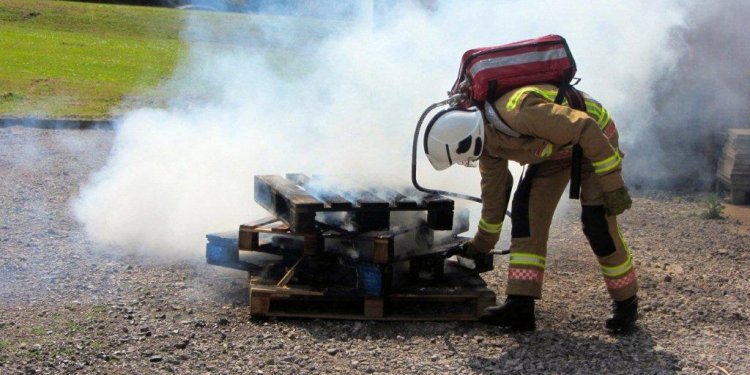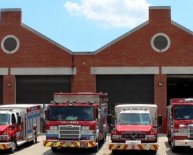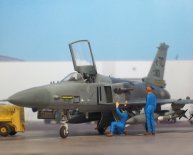
Fire Fighting steps
The fire service is consistently addressing the issue of safety to reduce line-of-duty deaths and accidents. We talk, discuss, cuss, develop programs — but unless activity is taken, it stays a dream.
Certainly, the culture of safety in a fire department starts at the top. Without strong, forceful management during the greatest degree, any and all safety programs may have limited or no success.
Relevant content sponsored by
Listed below are seven fundamental actions that a leader should try enhance firefighter security.
1. Set clear objectives
Clear, concise expectations for protection must be made. This is often done with guidelines, treatments and directives.
If objectives aren't satisfied, then disciplinary activities must certanly be taken. This will be an all-or-nothing expectation. There is no reason for breaking safety guidelines and procedures.
2. Set the instance
Always and without exception buckle up. Constantly work the device with because of respect. Always put on SCBA during overhaul (pack on your straight back until back in the rack). Constantly wash PPE including flash bonnet after going back from an operating construction fire.
In the event that you set the instance, there's absolutely no excuse for other individuals to not follow protection policies and processes.
3. Foster a culture of security
Ensure that safety is always an integral part of every response, education advancement and section task. Establish a safety committee as required by NFPA 1500 traditional on Fire division Occupational protection and Health plan
This committee must have the obligation and expert to determine policies and processes with regards to department protection. Additionally, the committee should research any accidents or near-miss incidents and work out strategies for essential modifications or instruction to correct the difficulties found.
4. Apply security and wellness programs
Educational and understanding programs aimed at firefighter health, security and wellness must be provided to any or all members of the department. Potential programs ought to include however be limited to cancer awareness, PPE laundering, driving and operating equipment safely, smoking cessation, weight control, nourishment, workout, firefighter committing suicide and anxiety management.
5. Supply and mandate correct training
Firefighters must be trained and competent when it comes to tasks they've been anticipated to do. It is an OSHA ruling. Firefighters should not be placed in a positon to do obligations for which they usually have perhaps not been correctly or acceptably trained.
The fastest option to an answer catastrophe is permitting unqualified personnel to drive apparatus which is why they have had little if any instruction.
On your own note, i shall always remember the night that six brand new firefighters arrived for first training class. They were in a department pumper — plus one of them had been the motorist. That which was the principle thinking?
Security should always be a part of every education advancement. Protection is talked about before and applied during all instruction tasks. Based on NFPA 1403 traditional on Live Fire Training Evolutions, "A safety officer will probably be appointed to at all real time fire instruction tasks." A span of control of one trainer for every single five pupils should be followed. You really must be acquainted all facets with this standard.
6. Empower all users
Every member of the fire division ought to be empowered to handle problems whenever security is compromised. A safety officer has the expert to improve, suspend or terminate any hazardous task.
This expert can also be given to any or all people in the division and exercised when there is imminent possibility of injury or demise to firefighters. All people must be made conscious that they should follow these directives.
7. Hold firefighters responsible for their safety
People need to be told that any protection system, policy, procedure or directive will only be effective when every member uses the safety rules. Firefighters is made aware that they've been in charge of adhering to these polices or procedures and will be held in charge of their activities.
Discipline is oftentimes thought to be punishment. But when security is the issue, firefighters must know that they can be held accountable — when they never be a line-of-duty death because of their actions.
It is now time for every single fire main to impartially evaluate the security tradition of their division. Be honest, be brutal and become realistic.
It could offer no purpose having a Pollyanna rose-colored vision for the division's safety environment should it is lacking. Whenever analysis is total, consider what activities have to be taken up to transform a safety fantasy into security reality.
Towards Author
Kenn Fontenot may be the NVFC's Louisiana director and seat of both NVFC Health and Safety Committee in addition to Disaster Relief Committee. He's also a charter member and first fire main of the LeBlanc (La.) Volunteer Fire division. Kenn is a principal user regarding the NFPA 1001 criteria committee and an alternative person in NFPA 1021. He has offered for 12 many years as the regional fire instruction coordinator within Louisiana State University Fire and crisis Training Institute, and it is a past-president of Louisiana State Firemen's Association. He holds a co-employee's level in Fire Science.
See also:
- Target back pain with Pain relief medicine for back pain for quick recovery.

















